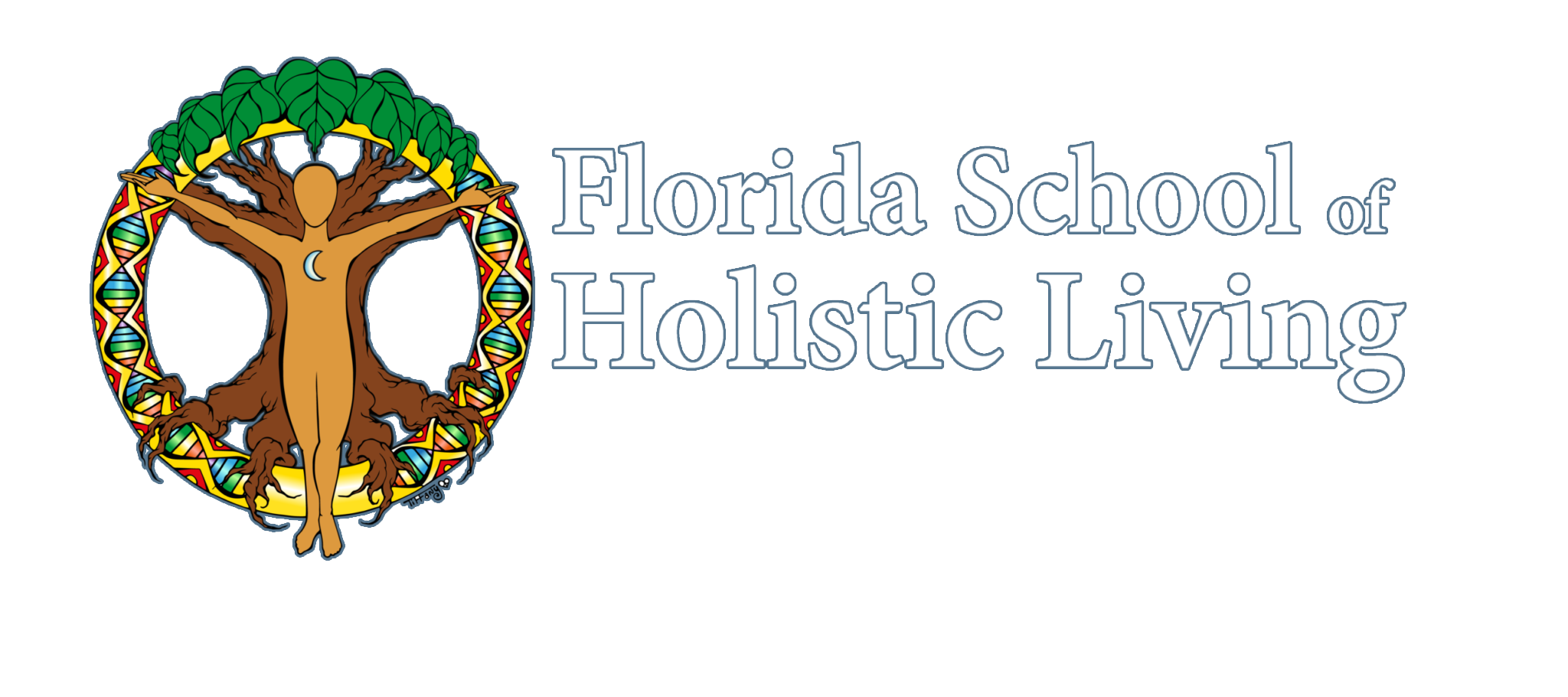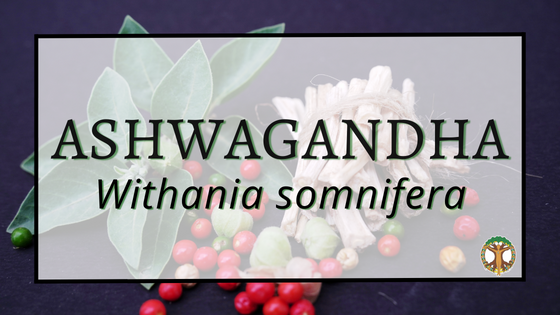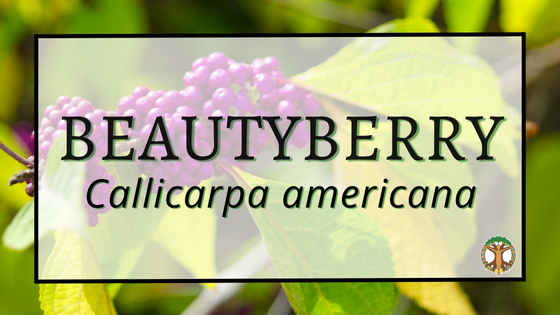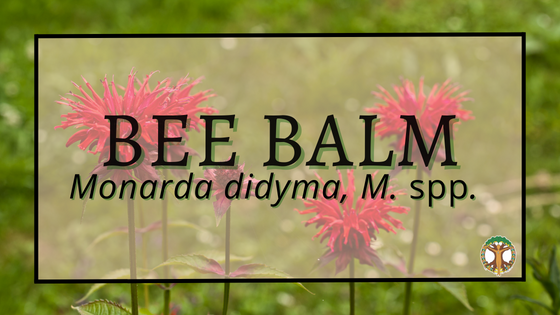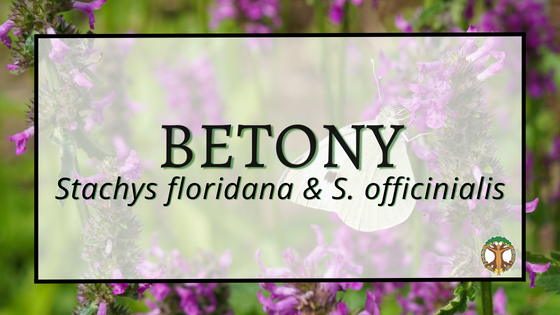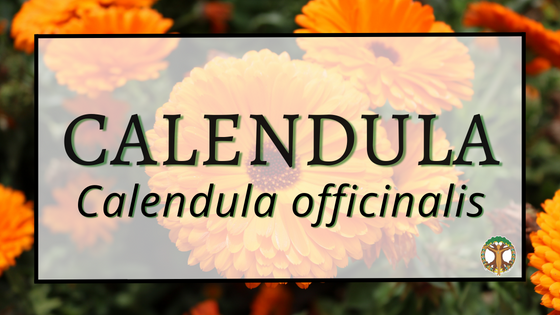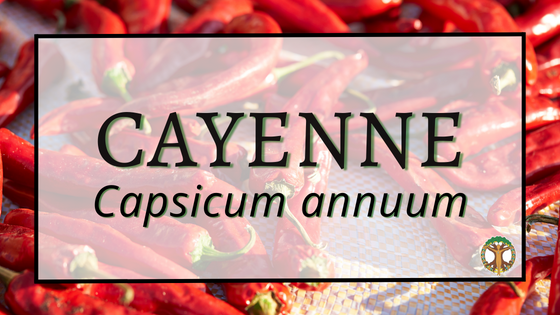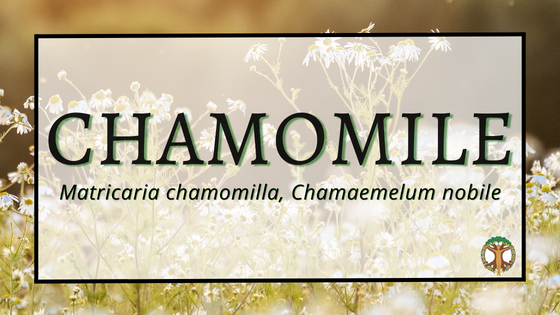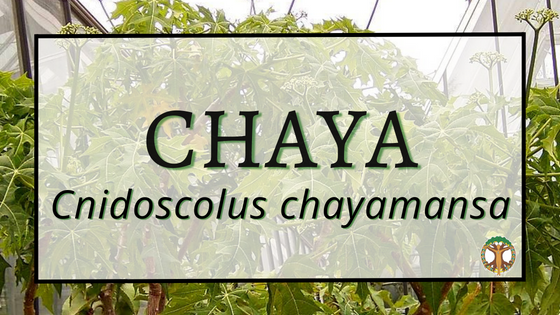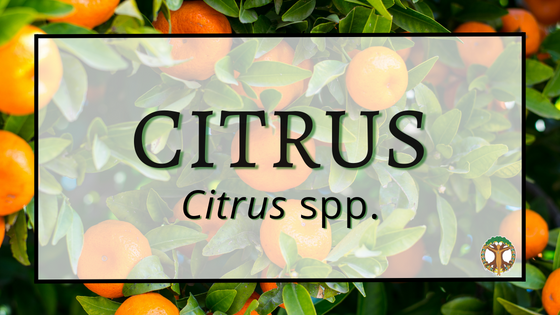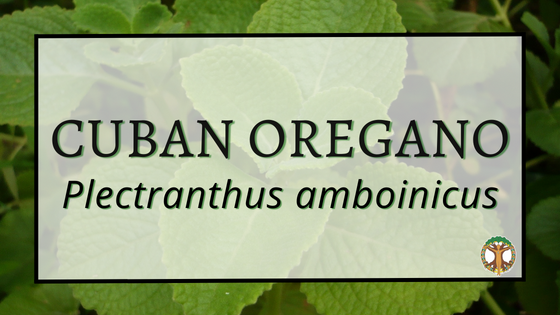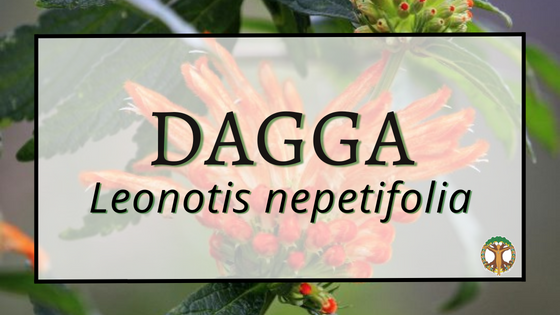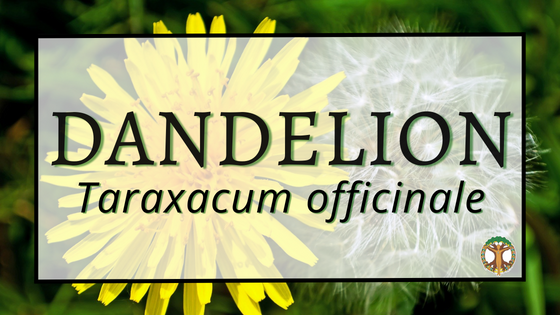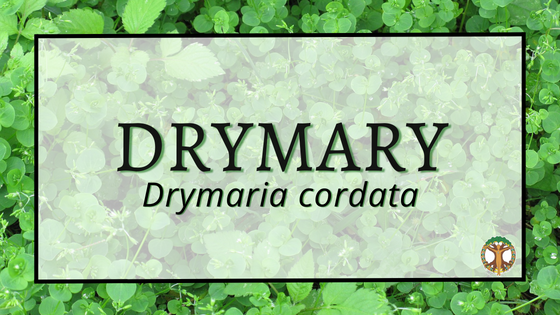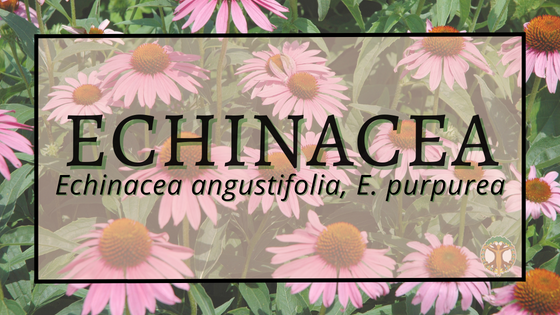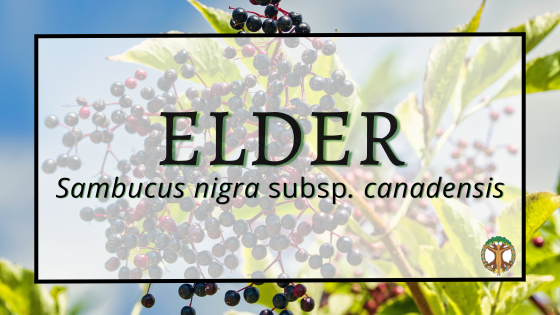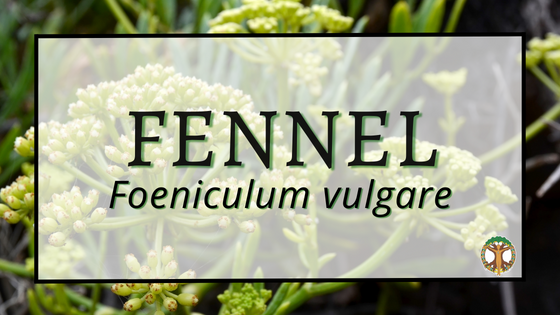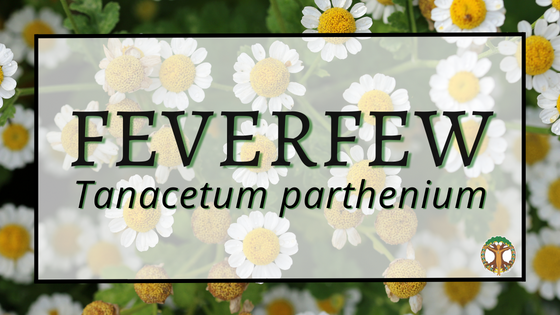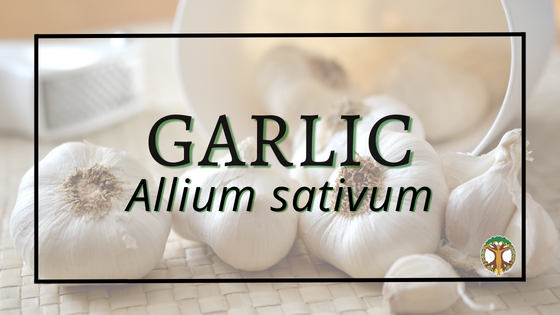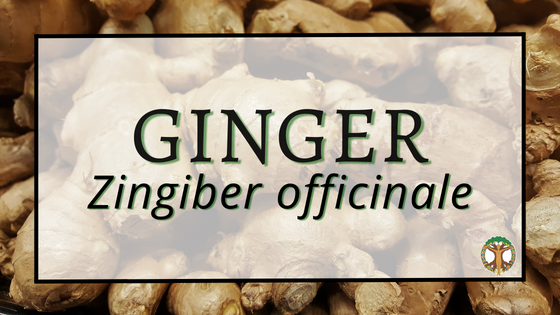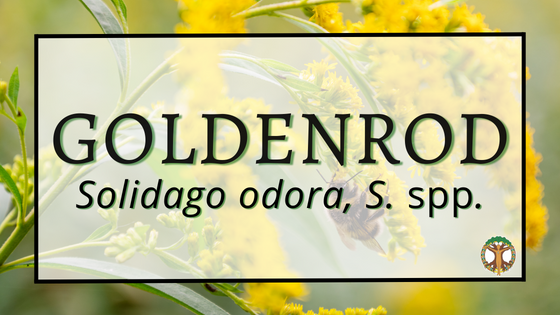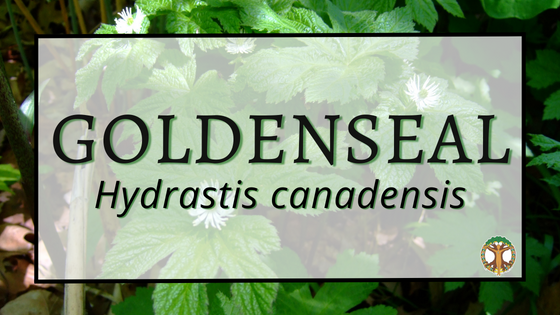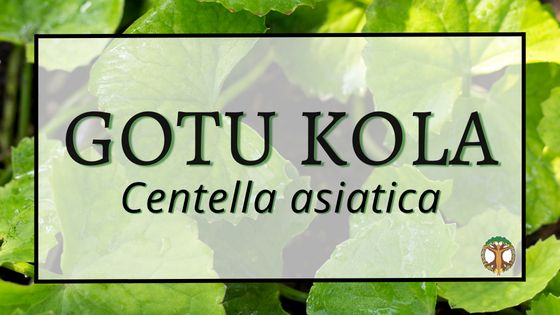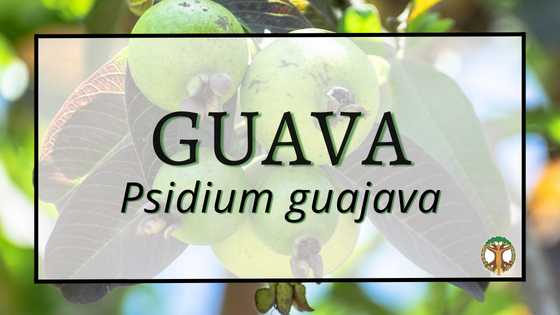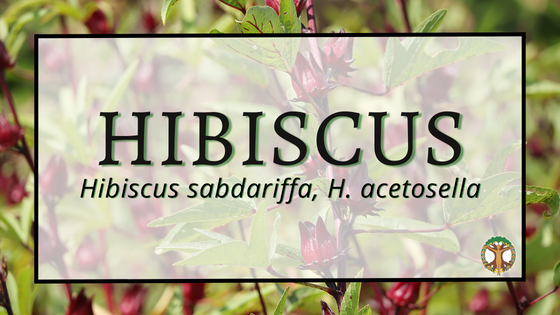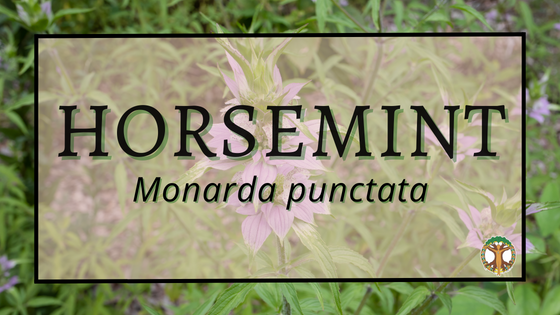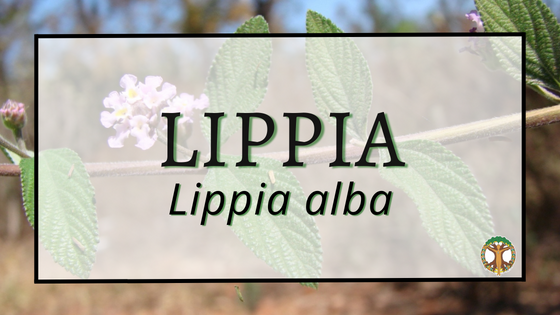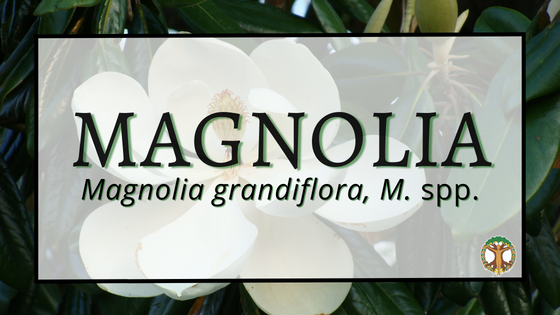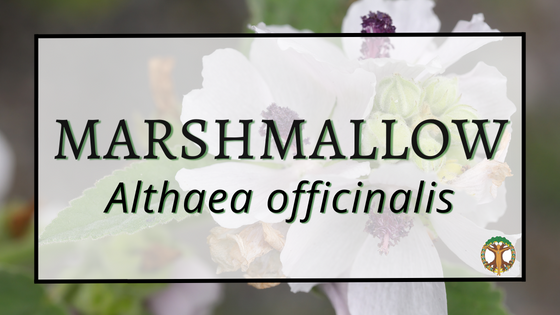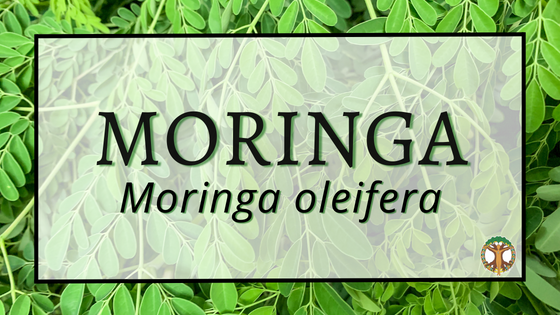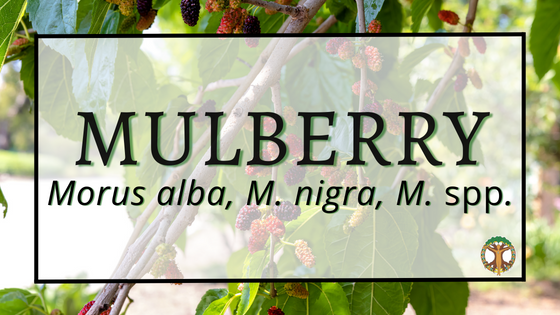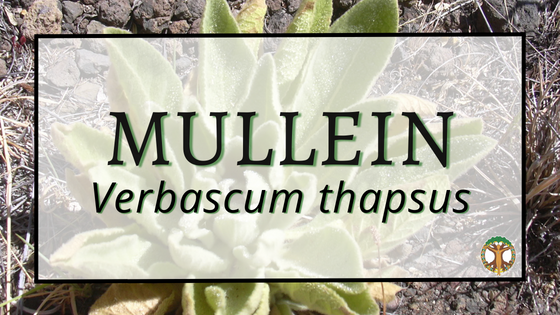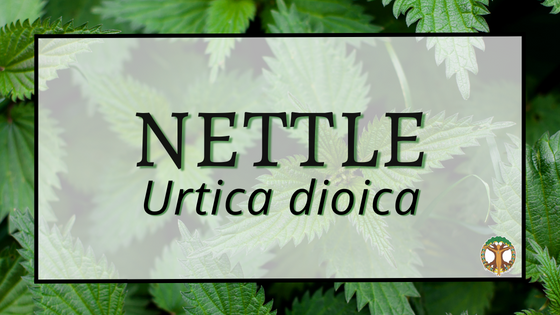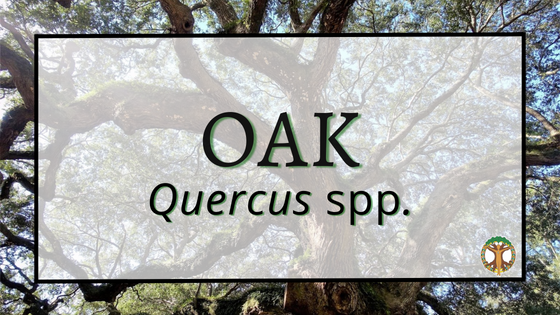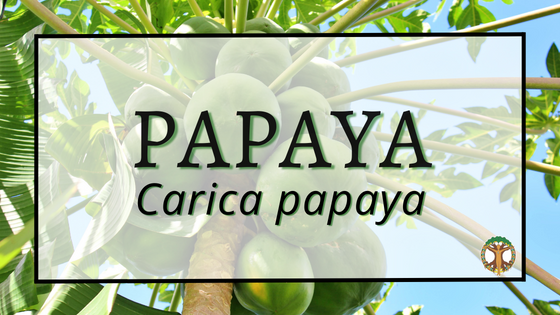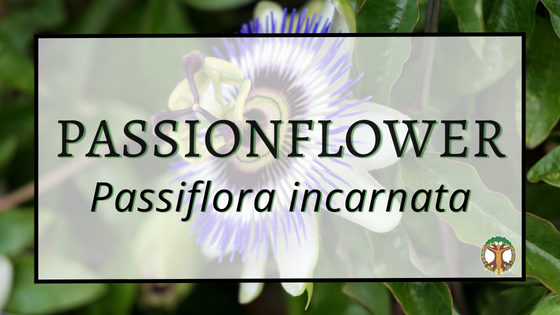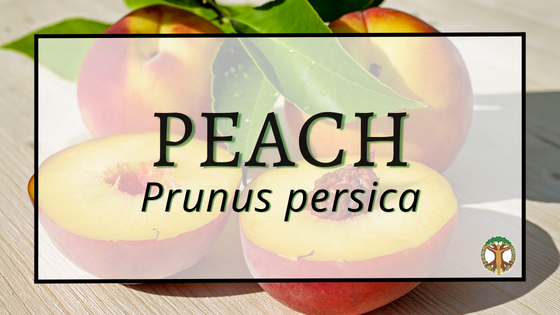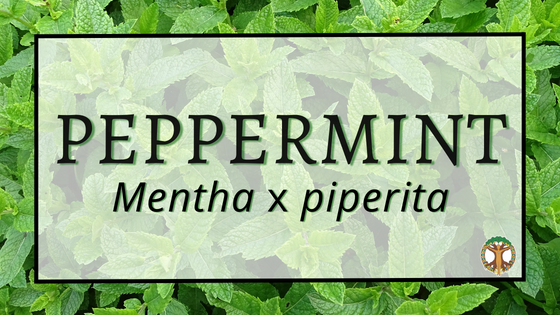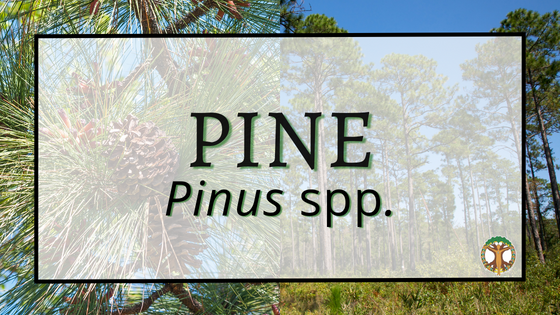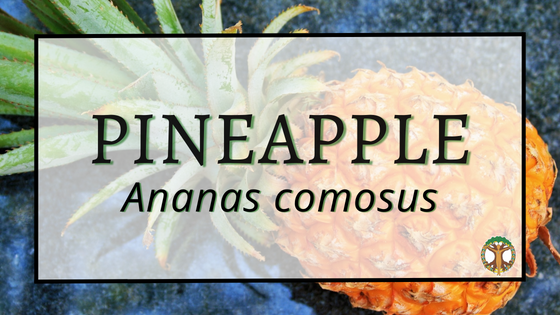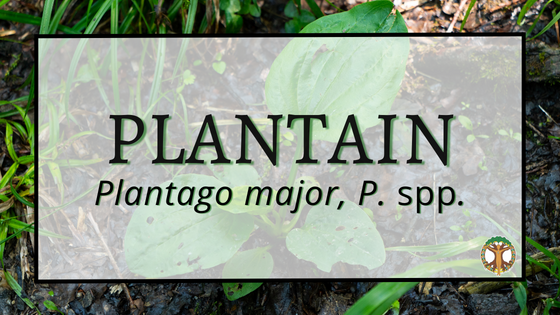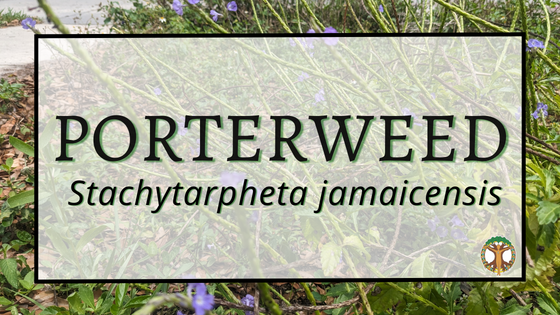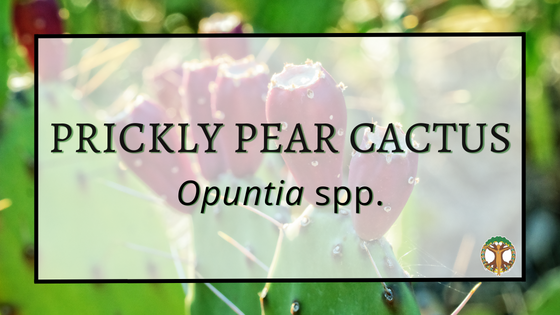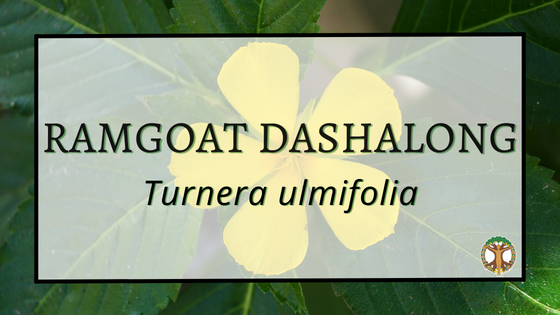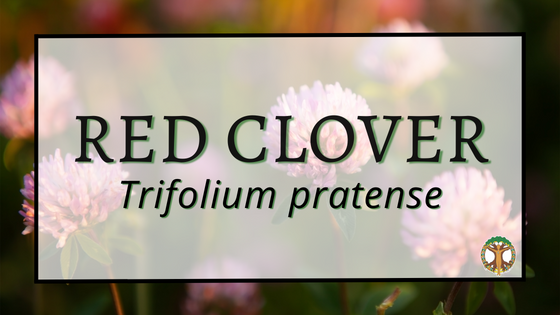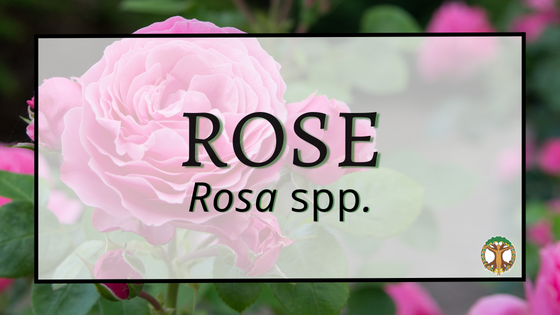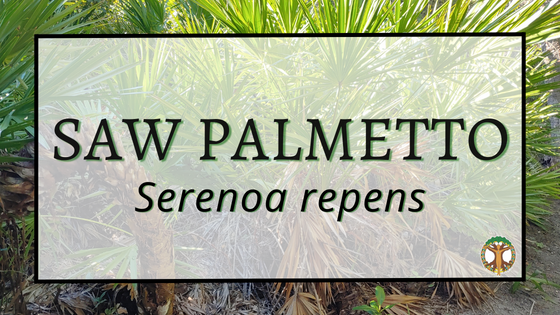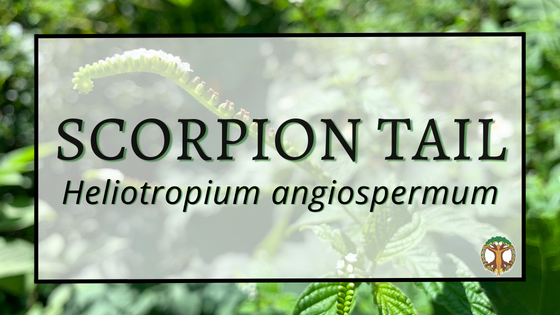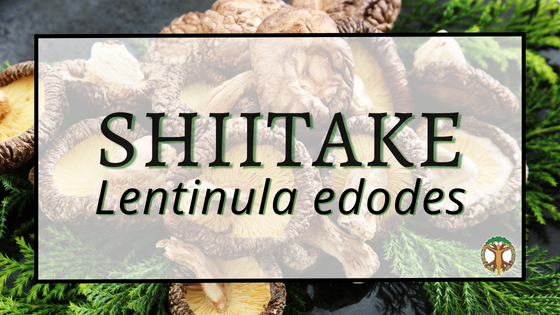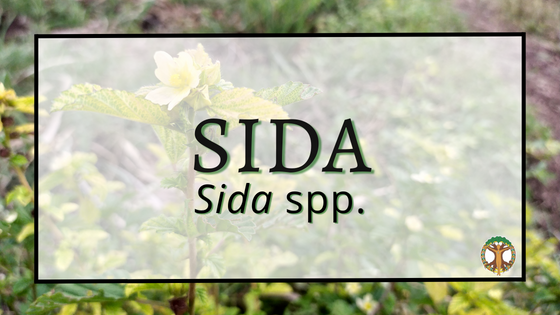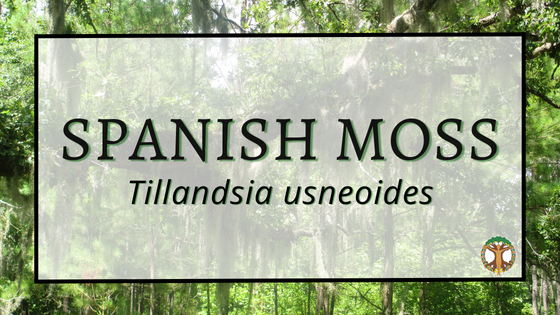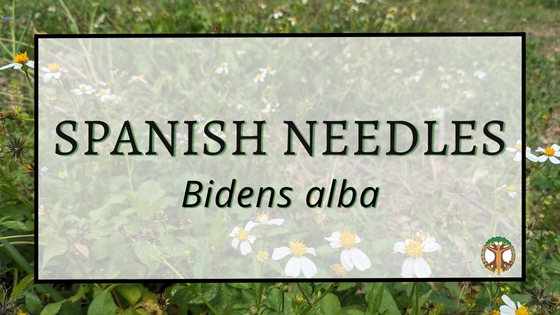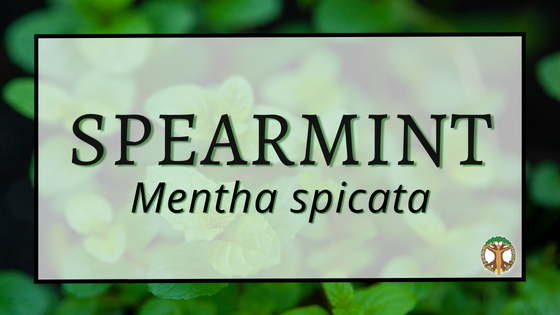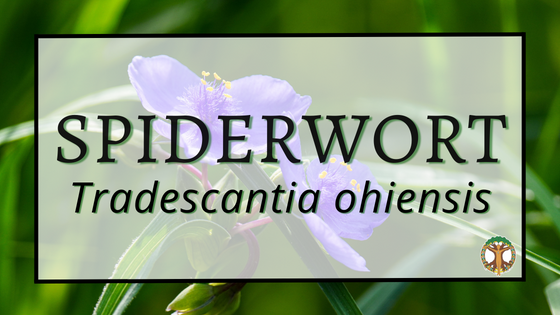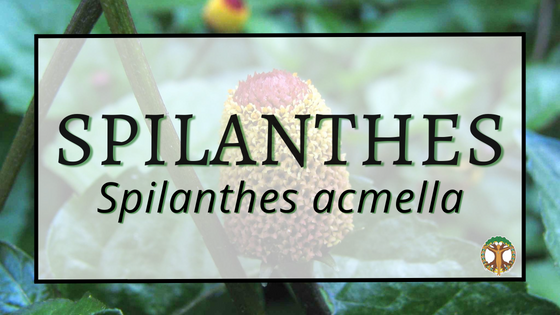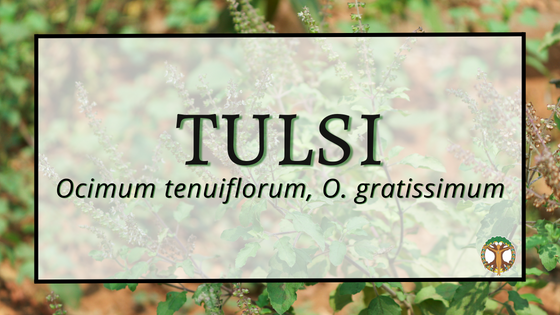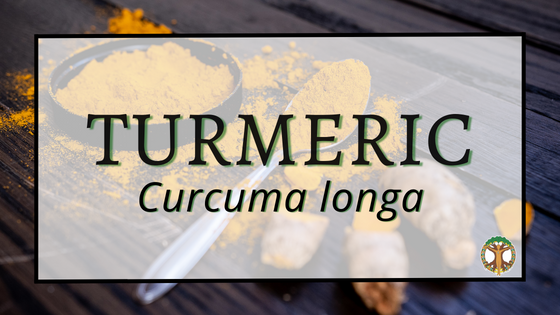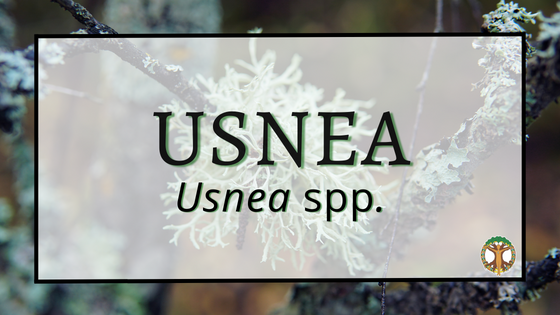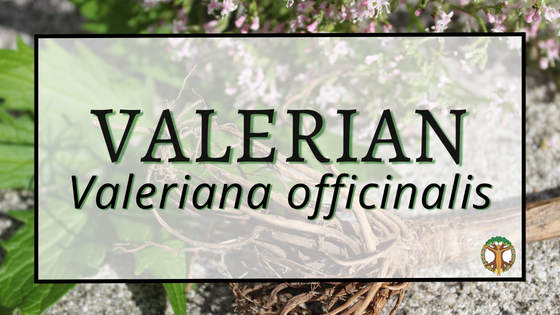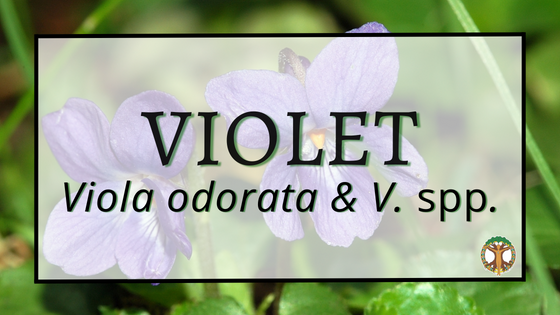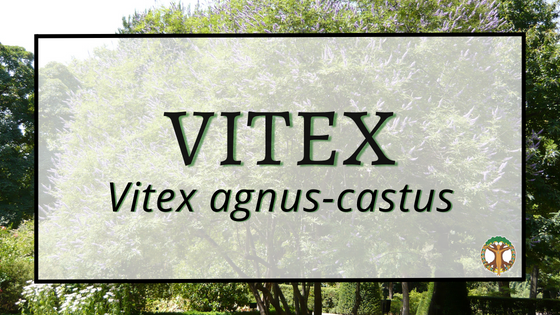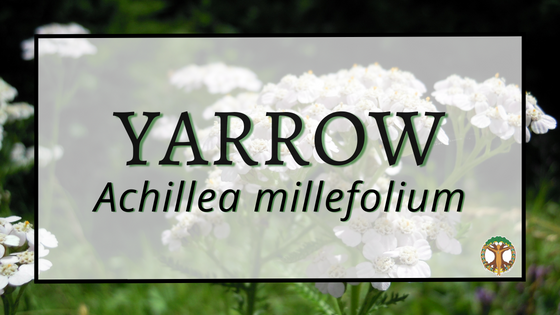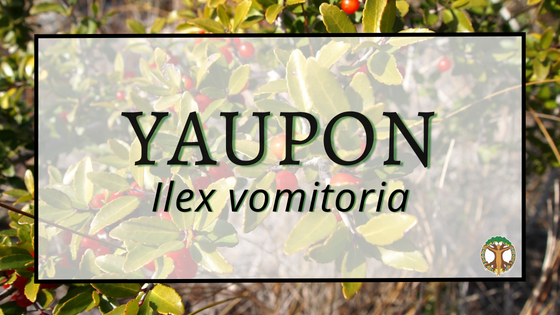Plant Profile Library
Ashwagandha
Ashwagandha root is an adaptogen and a nervine, helping our bodies respond to stress and easing us into a state of rejuvenating relaxation.
Bee Balm
The Monarda genus is endemic to North America and contains about twenty species, many of which have a history of medicinal usage.
Betony
FL betony is a perennial herb native to Florida whose range spans the Southeastern US.
Calendula
This sticky, golden, aster is well known as an all-star skin remedy. The resinous flowers are cooling and soothing topically, as well as internally.
Cayenne
Capsicum peppers are from the western hemisphere where they have been used for thousands of years. The word Capsicum derives from the Greek word kapto meaning “to bite.”
Chamomile
Chamomile’s common name, earth apple, refers to the sudden and enticing smell that arises when the flowers of this plant are crushed beneath your feet.
Chaya
Chaya is used throughout Central America as a food staple, especially in rural villages where land-based living is still the norm.
Citrus
Many of the common citrus fruits we know and love are not only delicious but also beneficial for both their nutritional and medicinal properties.
Common Boneset
The Eupatorium genus comprises about 45 species in the eastern US and is known to be used by many indigenous peoples, especially E. perfoliatum.
Cuban Oregano
Cuban Oregano is used for respiratory issues like bronchitis, allergies, asthma, colds, and coughs.
Dagga
Native to subtropical Africa, dagga does very well in our Central Florida climate. It has a sister, Leonotis leonurus, that looks very similar and is also heavily planted in Central Florida gardens.
Dandelion
Dandelions are, perhaps, most recognized by their seed heads. Those beautiful puffs that children (and many many adults) can’t resist pulling from the ground to blow into the wind.
Drymary
Known as a tonic herb, leaves usually used raw or dried have a tender, mild flavor.
Echinacea
Echinacea is a perennial plant that grows to 4 ft. with upright stems and purple to pink flowers that are daisy-like.
Elder
Elderberry is widely used as a cold and flu remedy due to its antiviral properties and ability to strengthen cell membranes preventing virus penetration.
Fennel
A delicious addition to an otherwise unflavorful herbal formula, fennel shines as a tea and culinary spice. This sweet anise like seed can also be prepared as a tincture in your preferred menstruum, just be sure to lightly crush the seeds first.
Feverfew
The feverfew herb has been used as an herbal remedy since Dioscorides in78 A.D. Feverfew was used to treat headaches, menstrual irregularities, stomachaches and all types of fevers.
Garlic
Celebrated for its herbal healing properties, garlic’s intense aroma and reputation precedes it. Worshipped, revered, and despised worldwide and cross-culturally for its curative, protective, stamina-boosting, and magical powers, garlic is one of the most flavorful and popular culinary spices around the world.
Ginger
Ginger can be a tonic for the heart. In traditional Chinese, Indonesian and Ayurvedic medicine, ginger has been used to treat a variety of cardiovascular conditions.
Goldenrod
Goldenrod has been and continues to be used by the First Peoples of North America for generations. Much of what we know about the medicinal actions of this plant come from their generous teachings.
Goldenseal
Hydrastis candensis of the Ranunclulaceae family. Otherwise known as goldenseal, eyebalm, eyeroot, and yellow puccoon is happiest in rich, open, and hilly woods. It is native to southeastern Canada and the eastern United States.
Gotu Kola
Gotu Kola is the most noted herb used for brain function in Ayurvedic medicine. For thousands of years, it has been used in Asia for food and medicine.
Guava
The guava fruit has a rich history with the indigenous people of the South American rainforest and may have been domesticated in Peru several thousand years ago.
Hibiscus
The calyces of hibiscus are rich in Vitamin C, and have a history of medicinal use to reduce blood pressure, alleviate symptoms of heat exhaustion, and support the immune system. Plus, the tart and tangy flavor makes a great addition to other herbal infusions to make them more palatable.
Horsemint
Monarda punctata is an upright, tall, sprawling perennial that grows wild throughout Florida.
Kumquat
Kumquats have a long been used in Traditional Chinese medicine (TCM) to treat respiratory conditions like cough and sore throat.
Lippia
Lippia is used as a prominent remedy. Leaves are used as an infusion against states of excitement, hypertension, digestive troubles, nausea and cold, to heal wounds locally and as syrup against cough and bronchitis.
Magnolia
Magnolia is a symbol of perseverance, endurance and long life because of the tough thick flowers and the long life of the trees which can survive over a hundred years.
Marshmallow
Historically, marshmallow has been used in a syrup and tea to treat upper respiratory irritation, cough, and sore throat.
Mulberry
Native to China and is grown all around the world. It is a perennial bush or tree herb with heart-shaped leaves that can be found in urban areas as an ornamental and can be found across the world wherever there are silkworms.
Mullein
Mullein (Verbascum thapsus) is a prolific plant of European origin that grows abundantly in disturbed soils, roadsides, and meadows throughout most of the temperate United States. This biennial plant is most easily identified by its soft, fuzzy rosette of leaves – big furry leaves which are jokingly called “nature’s toilet paper.”
Nettle
Indigenous and folk uses include picking the plant with bare hands or “whipping” the nettles on a pain point, also known as urtication, for a direct and quick remedy for joint pain.
Oak
We see many different species of oak in Central Florida, but perhaps the most striking is the Southern Live Oak, or Quercus virginiana. This species of oak has both a deep taproot and a wide-spreading root system to support its heavy, sprawling branches that often dramatically curve towards the ground and up again.
Oats
Oats are both food and medicine. Most folks are familiar with eating a nourishing bowl of oatmeal for breakfast and know that oats are a heart healthy food and very soothing to the digestive tract.
Papaya
The papaya was brought to Brazil where the Portuguese saw a resemblance in the shape of the fruit to a woman’s breast so they called it mamão.
Passionflower
This perennial herbaceous climbing vine is native to Central Florida and the southeast United States—found growing mostly from Texas to Florida. It grows easily by cutting and is happy in sandy Florida soil, sunshine, and rain.
Peach
Peach is an old European folk remedy that was adopted by the Indigenous people as a food and medicine when European settlers brought it to the New World.
Peppermint
Native to southern Europe, it is a perennial herb that has been naturalized worldwide. Peppermint grows wild in moist soils in the warm regions of Europe, Asia, and America.
Pine
The pine tree has long been utilized for its lumber, resins and medicines. The leaves of the pine tree, or needles, can be utilized for their medicinal properties, as well as the resin of the tree. The energetics of pine are warming and drying.
Pineapple
Pineapples are symbols of hospitality and warmth. They express the sentiment of “welcome.” This use of pineapple to make a guest feel well-received is from the rarity of pineapples in America in the 18th century.
Plantain
Commonly called the “green bandage”, a poultice of fresh, mashed Plantago leaves can be used topically to address insect bites, stings, rashes, eczema, poison ivy/oak, and infections.
Pond Apple
One of the more common uses of pond apple is to make a syrup from the boiled fruit to treat cough from tuberculosis, as well as other lung and chest issues.
Porterweed
The small blue to purple flowers are edible, make a beautiful addition to your salads and they taste like mushrooms! The name “porterweed” comes from the dark, foamy infusion of the leaves that can then be made into a beer (porter).
Prickly Pear Cactus
The usage of the many Opuntia species is great and varied, from food and medicine to dye and water purification. This genus of cactus has historical and modern usage beyond that of nopal tacos (which is one superb way to utilize this spiky plant’s tender pads).
Ramgoat Dashalong
The leaves make teas to help ease the symptoms of constipation and diarrhea, colds, flu, menstrual cramping, heart palpitations, hair loss, thrush, and other conditions.
Red Clover
Red clover has long been praised as an excellent foraging crop cultivated by farmers and praised for its ability to rejuvenate soil. 19th-century medical literature praised this herb and its many uses.
Rose
Can help support the heart from an emotional and physical standpoint. Rose can also help combat bladder infections, bodily pain, colds, flu, depression, and grief.
Saw Palmetto
Traditionally, indigenous people of Florida employed saw palmetto berries as a food source, as a general tonic and for urological disorders.
Scorpion Tail
About 2 feet in height, native to the Central East Coast of Florida, and South Florida, as well as the Caribbean and Central America. In Central Florida Scorpion-Tail is a nice herbaceous garden plant, rarely becoming weedy.
Shiitake
Shiitake takes its name from the Japanese word “shii” for the tree it was typically found growing on, and “take” which means mushroom. Shiitake has been used for over 6,000 years in ancient Chinese Medicine (Shiitake Mushroom, n.d.) and likely began being cultivated over 1400 years ago in 600 AD.
Sida
Plants in the genus Sida are pantropical and have a history of medicinal use everywhere that they grow, including within the Ayurvedic (called kurumthotti) and Traditional Chinese.
Spanish Moss
Contrary to popular belief, Spanish moss is not a parasite and does not actually feed off the tree for nutrients or cause it harm, but simply wraps its wiry tendrils around the tree for support.
Spanish needles
Not only is Bidens a medicinal powerhouse, but the flowers provide a nectar source for pollinators year-round. B. alba is one of the top sources for honey-bee nectar, behind only citrus and saw palmetto, and is also greatly used by our native bees like sweat bees and leaf-cutter bees.
Spearmint
There are hundreds of varieties of cultivars within the mint family, many of which are used for their pleasant taste and medicinal value. One such variety is spearmint; utilized for its stimulant, carminative, antimicrobial and antispasmodic properties, with a long history of use in soothing digestive upset (nausea, gas, bloating).
Spiderwort
Native to America, Spiderwort was used by indigenous people for its pain relief on insect bites, as food, and possibly as a tea for laxative properties.
Spilanthes
When you bite into the bud of a “buzz button,” there is often a strong tingling sensation—similar to how it feels to eat Pop Rocks, but more targeted to the area of the mouth where the bite was taken—followed by a numbness lasting for a good while after eaten.
Star Fruit
Star fruit is delicious eaten raw, made into a beverage, added to salads, pickled or added to baked goods.
Tulsi
One of the most ancient and intricate medical systems, Ayurveda, holds tulsi as one of the most powerful and sacred plants. That’s over 3000 years of medicinal use and reverence of this special basil!
Turmeric
Indigenous to India, turmeric is now cultivated in tropical regions throughout the world. Turmeric is an important herb in Ayurveda and Traditional Chinese Medicine.
Usnea
Usnea’s nickname, “lungs of the forest,” comes from its sponge-like action to absorb airborne particulates. However, this means that it’s susceptible to over-pollution. In fact, it’s believed that when lichens like Usnea disappear, it’s a warning that the air quality in the area is harmful.
Valerian
Indicated for nervous conditions like insomnia, anxiety, and muscle tension and commonly used as a sleep aid and mild pain reliever. It helps to promote normal sleep by its sedative action and is useful for those who have a hard time quieting the mind at bedtime.
Violet
This beloved garden plant not only delights us with the beautiful purple flowers of its namesake, but also offers us sweet, cooling, anti-inflammatory medicine.
Vitex
Vitex carries a common name of “monk’s pepper” for its long history of use in monasteries and convents.
Yarrow
The historical uses for yarrow, both for physical and spiritual health, are as plentiful as its common names (which include milfoil, plumajillo, Soldier’s herb, herba militaris, Knight’s milfoil, carpenter’s grass and nosebleed).
Yaupon
The indigenous Timucua people of Florida called Yaupon Cassina, and believed that it purified the mind and body of those who drank it. The leaf’s natural caffeine and powerful antioxidants led it to be consumed beginning more than 8000 years ago.

